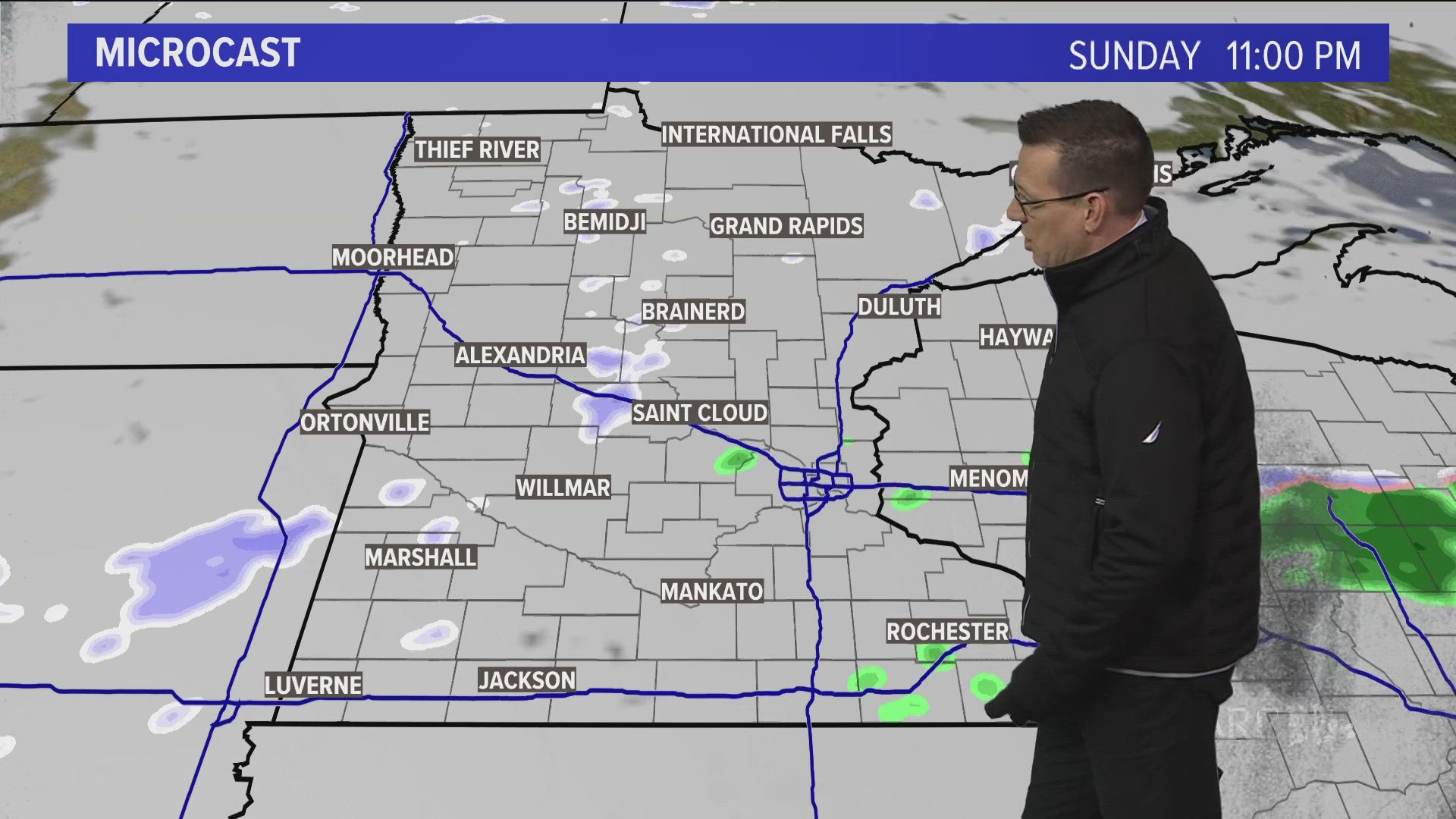Minnesotans are no strangers when it comes to severe weather, and with the peak of tornado season just about six weeks away, let's take a look at some information about how Minnesota stacks up against the rest of the nation and some of our own records.
The United States sees more tornadoes per year on average than any other country and this time of year is when tornado activity starts to move north from along the gulf coast and into the Plains and Ohio River Valley. By the summer, tornado activity extends across most of the eastern U.S. and southern Canada before receding back south during the autumn months.
Now when it comes to rankings during the summer months, Minnesota is pretty high up in comparison with other states. According to the Severe Prediction Center, Minnesota ranks:
- Fifth in the nation for the average number of tornadoes in June
- Number 1 for the month of July
- Third in the month of August.
We've earned our place as a part of tornado alley.
But the peak of our season starts before summer. It actually starts off in May, which is the third busiest month for tornado activity in our state. In fact, while we've seen tornadoes in every month from March to November, 77% of our tornadoes occur between May and July..
As for tornado records in Minnesota: 2010 takes the cake. In fact one outbreak helped set the yearly, monthly, and daily records. June 17, 2010 saw 48 tornadoes across the state of Minnesota in just one day. This helped add to the total of 71 tornadoes in the month of June that year and 113 tornadoes total for the year. That day alone accounted for 42% of all the tornadoes that occurred that year.
While we aren't hoping for another record breaking tornado season... It is time to start thinking about your severe weather safety plan.
Keeping a kit in your safe spot to prepare for severe weather is more important than ever. Keep the kit in the same area where you would take shelter so it's ready to go and close at hand when you need it. Here's a list of items to include:
- First aid kit
- NOAA weather radio
- Flashlight/batteries
- Cell phone/charger
- Water
- Food (non-perishable, snacks/bars)
- Bike or ski helmet ( to protect your head during a severe weather event.)
- Tennis shoes or sturdy boots (to protect your feet in the aftermath of the storm.)
- Pet food and supplies
Ready.gov provides an even more extensive list of items you may find useful.



